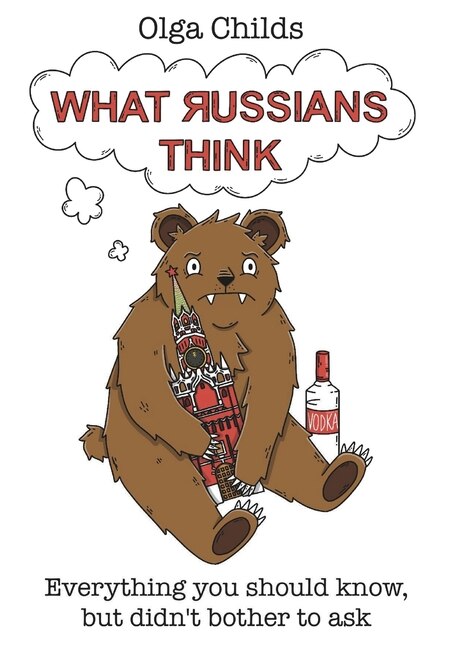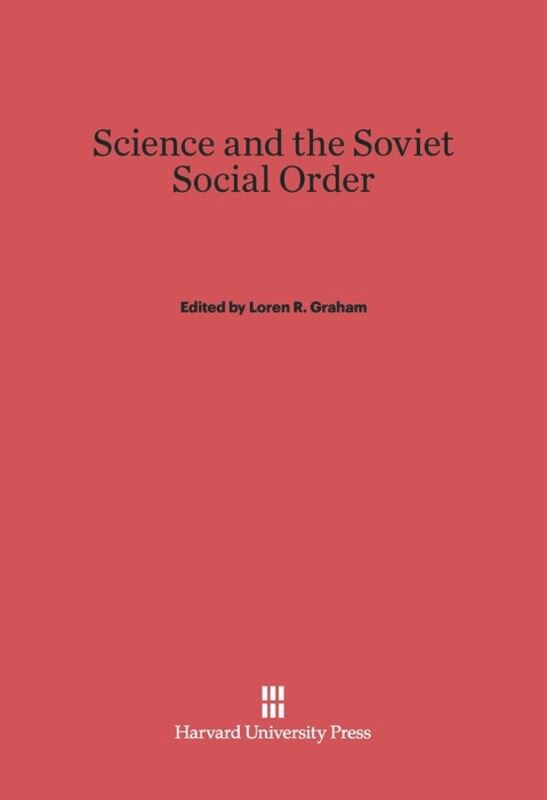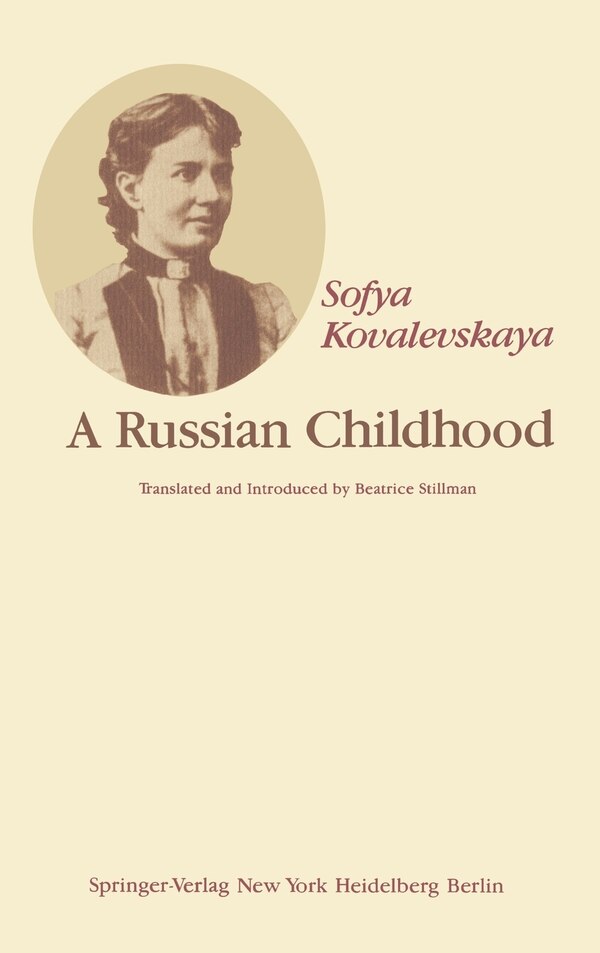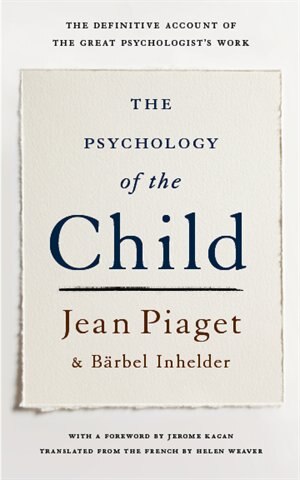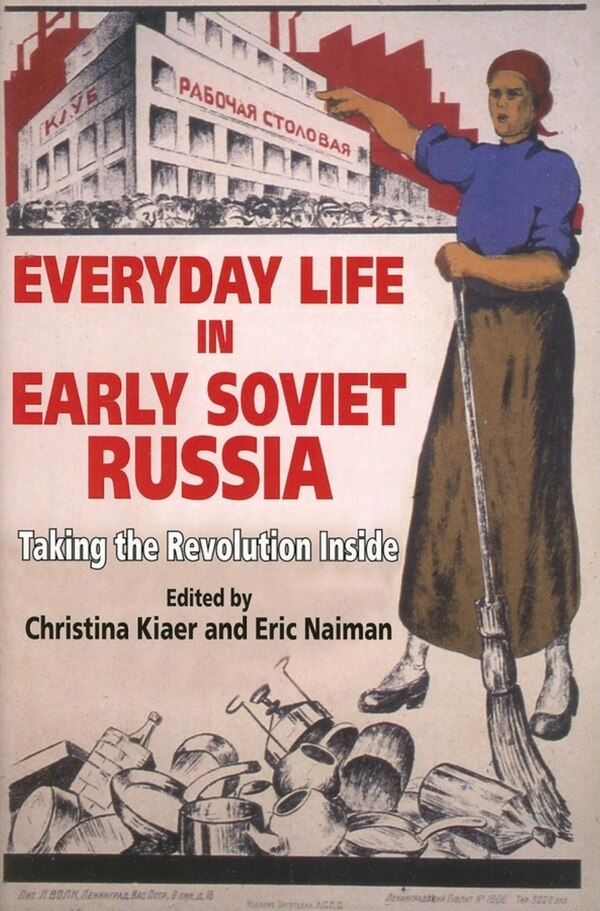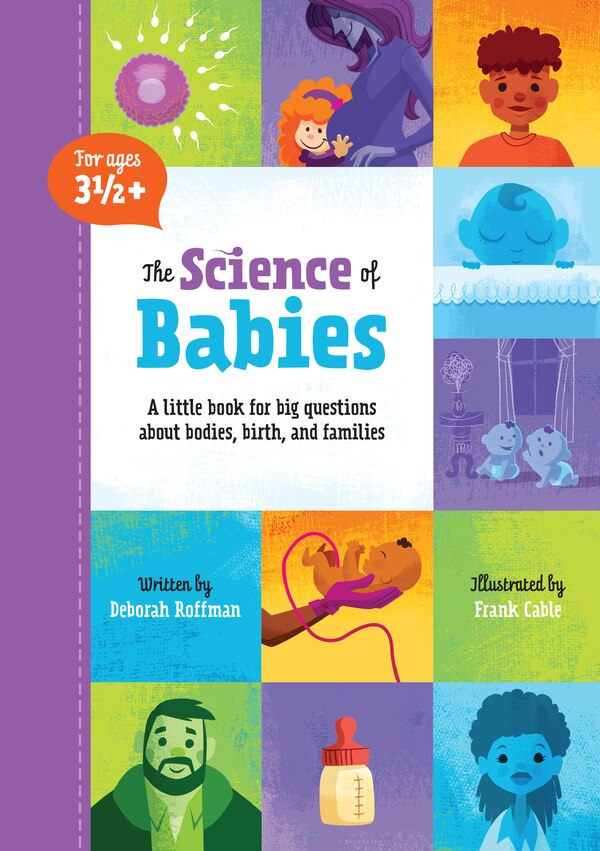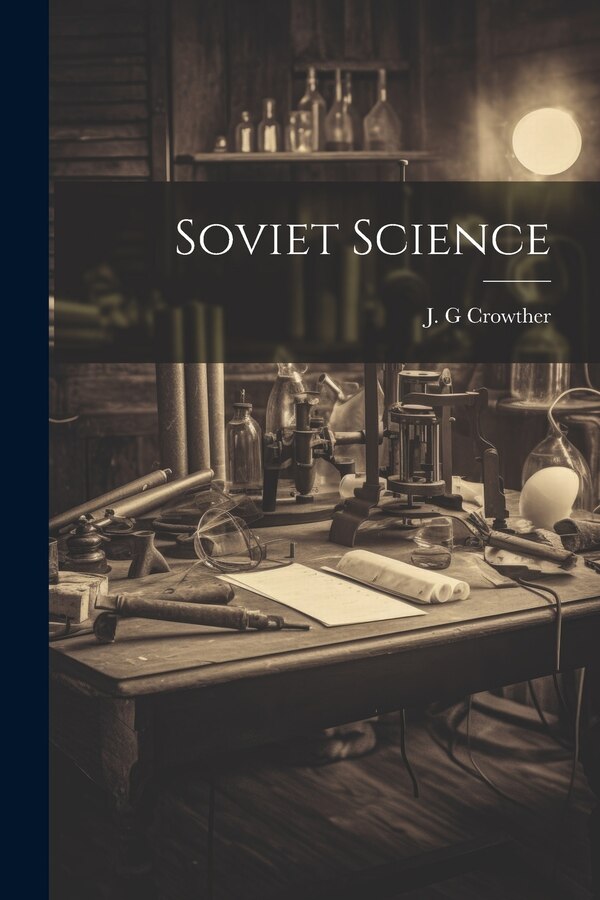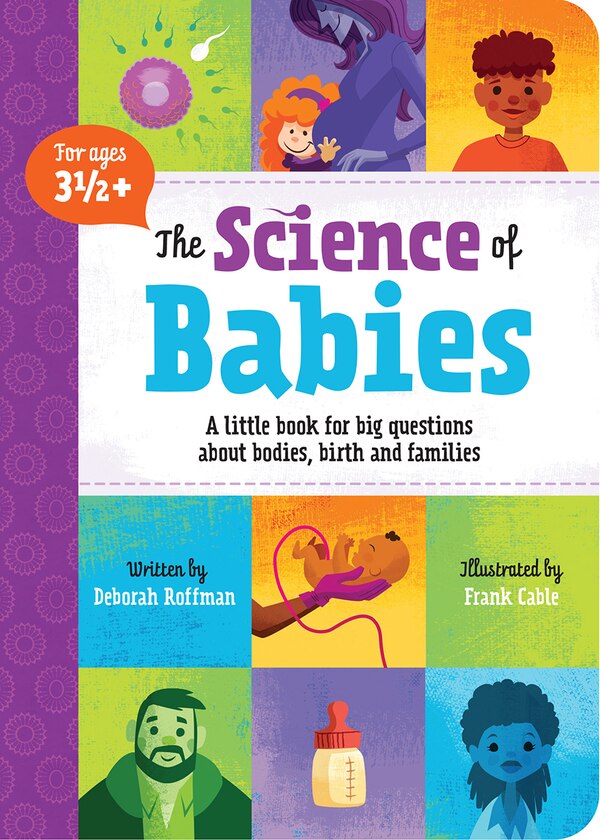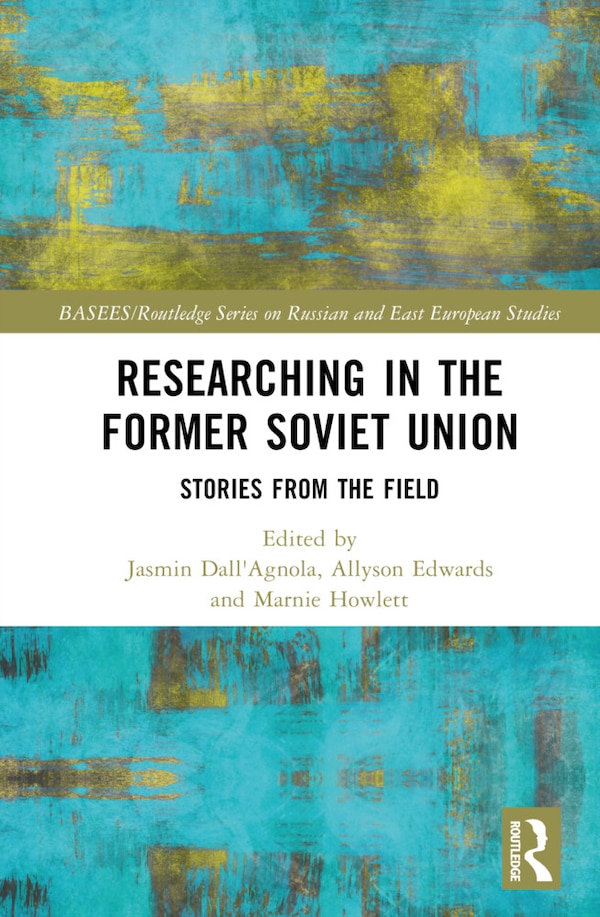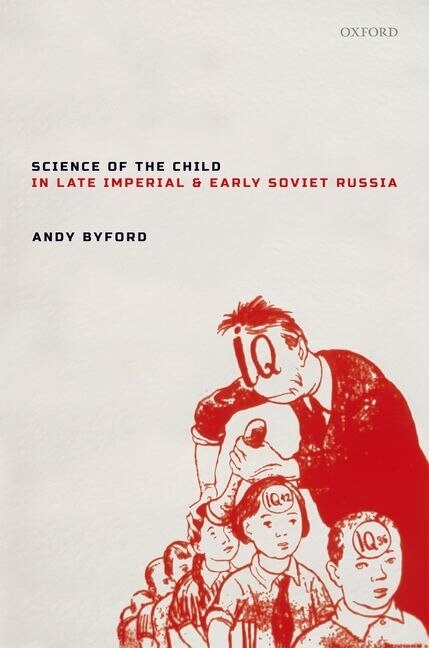
Compare Science Of The Child In Late Imperial And Early Soviet Russia by Andy Byford, Hardcover | Indigo Chapters
Andy Byford
$93.50
Between the 1880s and the 1930s, children became the focus of unprecedented scientific and professional interest in modernizing societies worldwide, including in the Russian Empire and then the Soviet Union. Those who claimed children as special objects of investigation were initially spreadacross a network of imperfectly professionalized scholarly and occupational groups based mostly in the fields of medicine, education, and psychology. From their various perspectives, they made ambitious claims about the contributions that their emergent expertise made to the understanding of, andintervention in, human bio-psycho-social development. The international movement that arose out of this catalyzed the institutionalization of new domains of knowledge, including developmental and educational psychology, special needs education, and child psychiatry. Science of the Child charts the evolution of the child science movement in Russia from the Crimean War to the Second World War. It is the first comprehensive history in English of the rise and fall of this multidisciplinary field across the late Imperial and Soviet periods. Drawing on ideas andconcepts emanating from a variety of theoretical domains, the study provides new insights into the concerns of Russia's professional intelligentsia with matters of biosocial reproduction and investigates the incorporation of scientific knowledge and professional expertise focused on childdevelopment into the making of the welfare/warfare state in the rapidly changing political landscape of the early Soviet era. | Science Of The Child In Late Imperial And Early Soviet Russia by Andy Byford, Hardcover | Indigo Chapters


